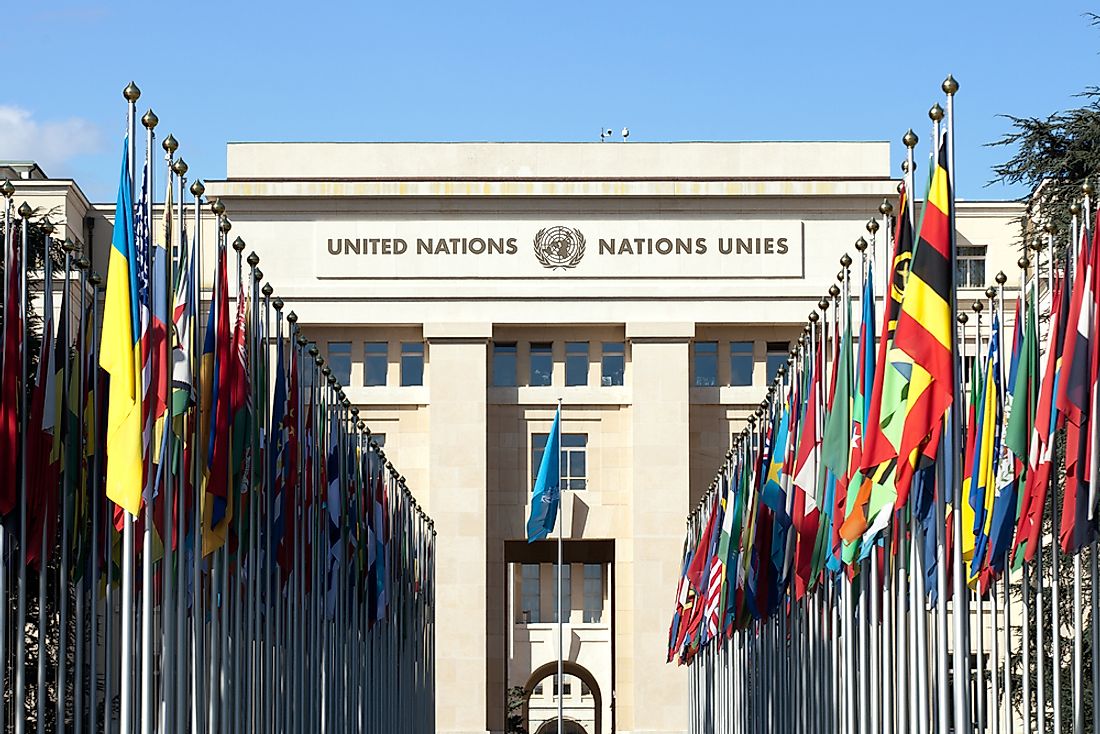What Are The Five Regional Groups Of The United Nations?

- The five groups: African States/African Group, Asia-Pacific Group, Eastern European States Group, Group of Latin American and Caribbean States (GRULAC), and Group of Western European and Other States.(WEOG)
- Turkey participates fully in both WEOG and Asian Group, but for electoral purposes is considered a member of WEOG only.
- The United States of America is not a member of any regional group, but attends meetings of the Western Europe and Other States Group (WEOG) as an observer and is considered to be a member of that group for electoral purposes.
The United Nations (UN), an intergovernmental organization, constitutes 193 member states across the globe. Its major mandates are the maintenance of co-operation and world order. It replaced the League of Nations when it proved to be ineffective following its formation in the year 1945 to avert further conflict after World War II. The UN has its headquarters in the New York City, with other major bases of operation being Nairobi, Geneva, and Vienna. By the year 2014, the UN was geopolitically divided into five regional groups for ease of governance, facilitation of UN election process, and member representation factors. These are the African Group, Asia-Pacific Group, Eastern European Group, Latin American and Caribbean Group, and Western European and Others Group. To date, Kiribati state remains uncategorized into any of these geopolitical groups.
The African Group
This is the largest of the five groups, with 54 member states all from the African continent. It has 28% of all constituent members of the UN. This means that this group carries 28% of all votes. In the UN’s Security Council, the African Group has three non-permanent seats. It has 14 reserved positions in the UN Economic and Social Council and 13 seats in the UN Human Rights Council. The UN General Assembly is the major organ of the UN tasked with policy-making. The African Group’s eligibility to elect a president to the assembly is every 5 years, in years ending in 4 and 9.
The Asia-Pacific Group
This comprises of 53 member states derived from Asia and Oceania. Exceptions are Russia, New Zealand, Australia, Israel, and Turkey. The Asia-Pacific group has 3 seats in the Security Council, 2 non-permanent and China’s permanent seat. Its seats in the UN Economic and Social Council and the UN Human Rights Council are 11 and 13 respectively. Every five years in the years ending in 1 and 6, this group is eligible to elect a president to the General Assembly.
The Eastern European Group
As the group with the fewest UN member states (23 members), this group draws its members from Europe and includes Russia from the Asian continent. Its seats in the UN organs are 2 in the Security Council, 6 in the UN Economic and Social Council, and 6 in the UN Human Rights Council. In the years ending in 2 and 7, this group elects a president to the UN General Assembly.
The Latin America and Caribbean Group
It is comprised of 33 states from parts of Central America, South America, and the Caribbean. Its preserved seats in the UN organs are 2 non-permanent in the Security Council, 10 in the UN Economic and Social Council, and 8 in the UN Human Rights Council. In years ending in 3 and 8, this group is eligible to elect the president of the General Assembly.
The Western European And Others Group
With 28 members dispersed across the globe, this group holds two nonpermanent seats and 3 permanent seats on the Security Council. On the UN Economic and Social Council and the UN Human Rights Council, this group has 13 and 7 seats respectively. In years ending in 0 and 5, this group is eligible to elect a president of the General Assembly.











